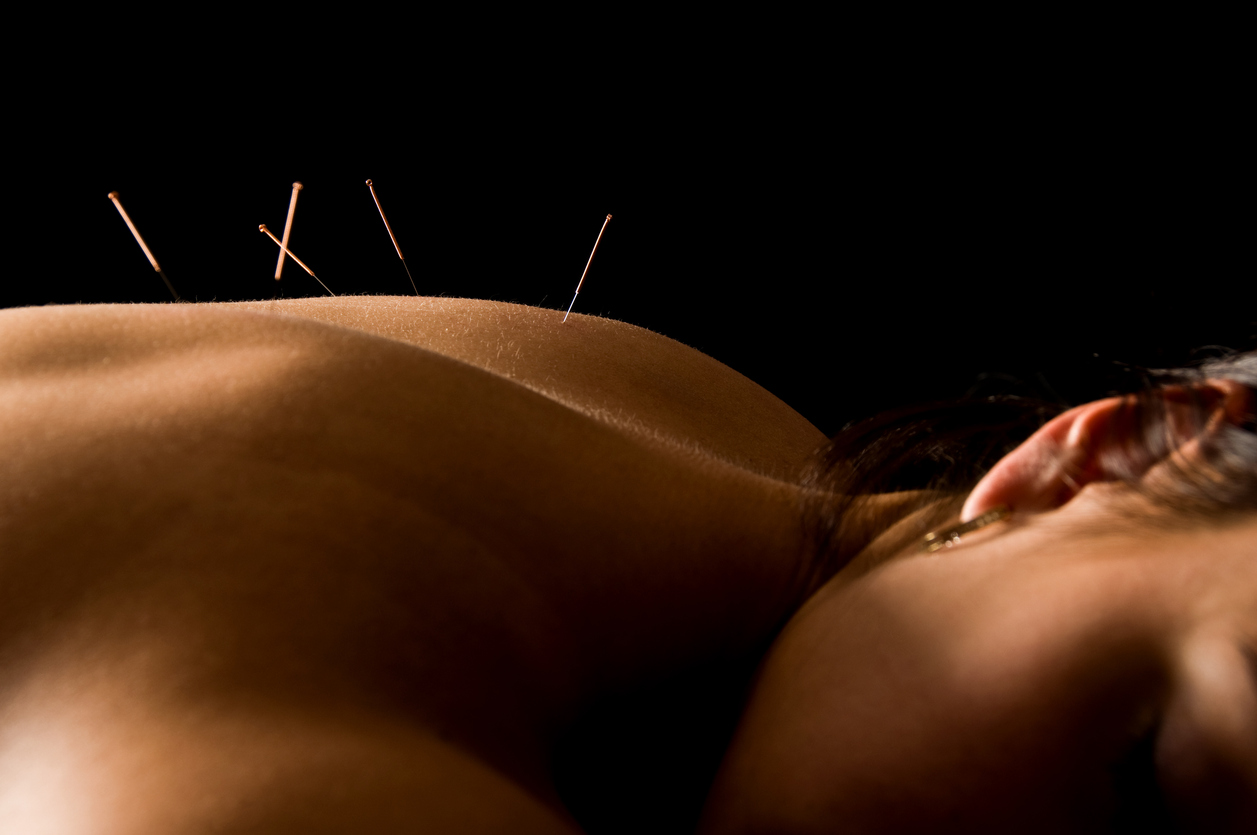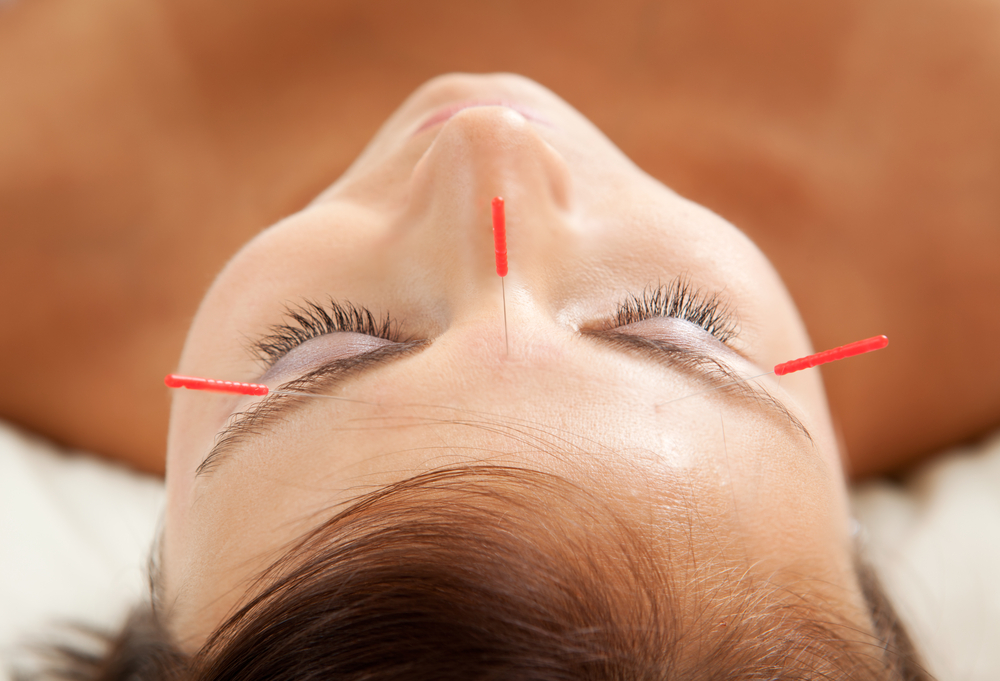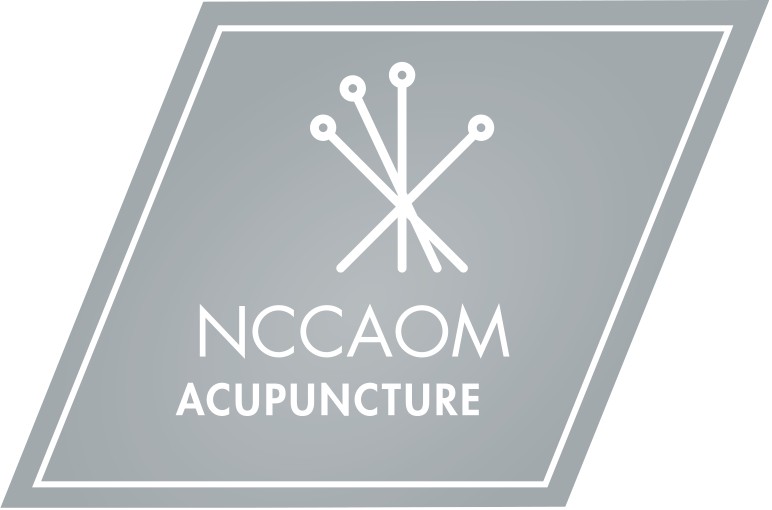What is Acupuncture?

Given that acupuncture is one of the core treatment options at Primal Tao Movement, you may be wondering what it's all about, and how you can have confidence that it can work.
Acupuncture is a holistic medical system from China, where it has been used for more than three thousand years. Practitioners use diagnostic methods such as inspection, auscultation, olfaction, inquiry, and palpation to assess a client's health. Typical treatments involve thin needles that are inserted (painlessly) into specific locations on the body to address the health issues that have been diagnosed.
The diagnostic accuracy, treatment efficacy, and prognostic veracity of acupuncture has been recognized by the World Health Organization (WHO) and others. Acupuncture has been found to be effective in the treatment of a wide range of medical problems, particularly those related to chronic diseases.
What can Acupuncture Treat?
Among the many conditions which have been treated using acupuncture are the following:
- Side effects from radiotherapy and/or chemotherapy
- Abdominal pain (in acute gastroenteritis or due to gastrointestinal spasms)
- Allergic rhinitis, hay fever
- Bell’s palsy
- Cancer pain
- Chronic gastritis
- Morning sickness (air sickness)
- Diabetes mellitus (non insulin-dependent)
- Dysmenorrhea
- Earache
- Epistaxis (nosebleeds)
- Facial pain/facial spasm
- Female infertility
- Fibromyalgia and fasciitis
- Headache/migraine
- Hepatitis virus carrier status
- Herpes zoster
- Hypertension
- Induction of labor
- Insomnia
- Knee pain
- Leukopenia
- Lower back pain
- Male sexual dysfunction (non-organic)
- Malposition of fetus
- Nausea and vomiting
- Neck pain
- Obesity
- Osteoarthritis
- Dental pain
- Peptic ulcer
- Periarthritis of shoulders
- Polycystic ovary syndrome
- Renal colic
- Raynaud syndrome
- Retention of urine
- Rheumatoid arthritis
- Schizophrenia
- Sciatica
- Sore throat/tonsillitis
- Spinal pain (acute)
- Sprains in sports
- Stiff neck
- Stroke
- TMJ dysfunction
- Tennis elbow/golfer’s elbow
- Tobacco dependence
- Ulcerative colitis (chronic)
- Whooping cough
And even more!
How does acupuncture work?

Acupuncture’s exact mechanisms are complex and continue to be the subject of extensive research. Thankfully, we can learn from the work that has already been done (much of it done overseas, especially in Asia and Europe).
Here are several mechanisms which have been advanced to explain some of the effects of acupuncture:
- Neurotransmitter theory- Acupuncture affects higher brain areas, stimulating the secretion of beta-endorphins and enkephalins in the brain and spinal cord. The release of neurotransmitters influences the immune system and the antinociceptive system.
- Blood Chemistry Theory- Acupuncture affects the blood concentration of triglycerides, cholesterol, and phospholipids, suggesting that acupuncture can both raise and diminish peripheral blood components, thereby regulating the body toward homeostasis.
- Vascular-Interstitial Theory- Acupuncture affects the electrical system of the body by creating or enhancing closed circuit transport in tissues. This facilitates healing by allowing the transfer of material and electrical energy between normal and injured tissues.
- Gate Control Theory- Acupuncture activates non-nociceptive receptors that inhibit the transmission of nociceptive signals in the dorsal horn, thus ‘gating out’ painful stimuli. Acupuncture also stimulates natural morphine as a pain killer.
- Fascia Theory- The myofascial system encompasses the fascia and the muscles it surrounds, acting as a vital network that influences our physical health and well being. Acupuncture can stimulate the fascia and potentially improve musculoskeletal function, increase range of motion and reduce pain. While modern science is gradually developing an understanding of fascia, TCM (Traditional Chinese Medicine) has for centuries recognized the body as an interconnected whole and fully embraced the importance of the myofascial system.
Note that this list is not exhaustive, and these various action mechanisms are not exclusive of each other. Multiple pathways and reactions may be involved in the triggering of specific responses to an acupuncture treatment.
In many parts of the world, acupuncture is the most widely accepted alternative medicine. In these places, it is routinely paired with western medicine to deliver the highest quality healthcare with the best possible outcomes for patients.
